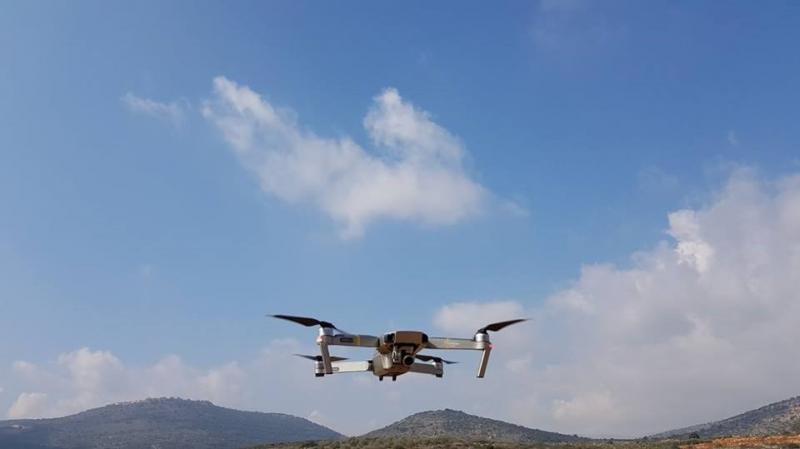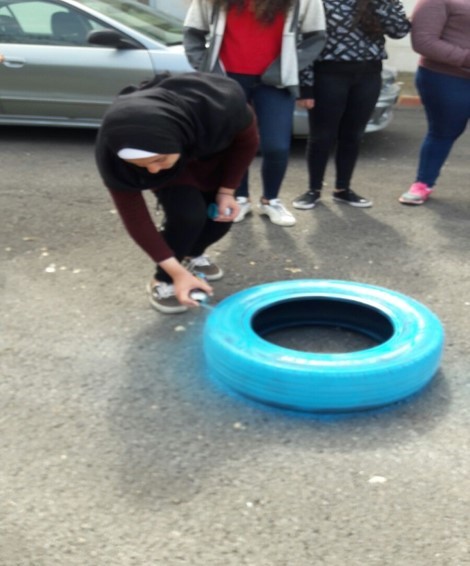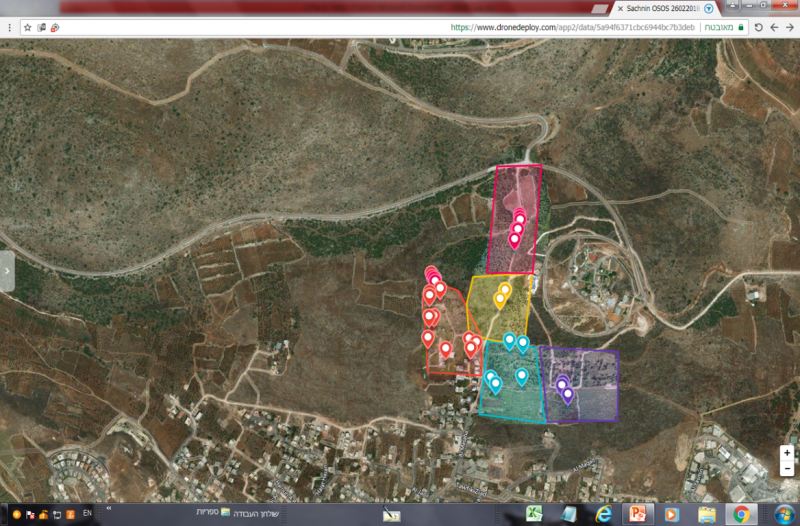Hosted by OSOS , contributed by yairbh_nc on 17 May 2018
How to decrease illegal waste dumping in open areas?
A program for reducing environmental pollution in agricultural and open areas. Specifically, the pupils will deal with the ongoing problem of illegal garbage disposal in agricultural and open areas. The school is in Sakhnin, which is located in a rural area covered by olive and fig groves, and overall more than 40% of the area around the city is farmland. There is a great interest for the community of the city and around it to decrease the illegal use of the land for garbage disposal, because of the damage to crops and to wild animals.
In this project 9th grade pupils will work on a solution for this problem in two ways: (a) approaching the problem directly by collecting the data and delivering it to the relevant authorities; and (b) raising the awareness for the problem and creating a long term solution.
The pupils will work with relevant municipality representatives to locate areas that are severely polluted with garbage. The data collection will be done using state of the art technology – drones with photographing and mapping abilities. The final product of this project will be a file with all the mapped areas, including photos and relevant description. It will be delivered to the relevant municipality factors as a basis for solving this problem.
Furthermore, the pupils will learn about saving the environment and garbage disposal specifically. As a secondary product they will look for ways to raise the local community awareness of this problem – as at least a part of it stems from within this community and from residents of the region. A good option is to have recycling workshops with the students, and ask them to actively pass their new skills and knowledge to their parents and other community members (for example by presenting the products of the workshop in a celebrated exhibition).
Responsible Research and Innovation
One of the key aspects of OSOS is the inclusion of RRI - Responsible Research and Innovation principles (more information at RRI-Tools.eu). This is how the NanoChannels Accelerator fits into the RRI model:
|
Governance |
Students will share with the stakeholders the problems posed by this Accelerator, and they will choose with them the challenges to face and they will even devise the solutions according to their needs and desired results.
I.e.: students will be in contact with several stakeholders who will be involved in the activity, including the local community, representatives of the city council or technologists. students will be in continuous contact with them during different phases, sharing responsibility in the decision making and also in the final results of the project. |
|
Public engagement |
Students will encourage the creation of new and profitable associations with students and stakeholders, encouraging their collaboration to propose solutions to the problem.
I.e.: the stakeholders will help to create new relationships among stakeholders such as recycling experts, governors or neighbors, which allow new solutions to be proposed to the project both in the short term and in the long term. |
|
Gender equality |
Students will discuss the gender dimension in the research process carried out during this project, incorporating issues to work on the elimination of gender stereotypes in the sectors covered by the Accelerator.
I.e.: students will form work teams with gender equality, and will work with stakeholders to improve the state and reduce the stereotypes of the world of recycling and urbanism. |
|
Science Education |
students will propose a research work in which, together with the help of different stakeholders, they will help other citizens to participate in the improvement of the school environment on the subject contemplated in the Accelerator.
I.e.: students will propose a process of investigation in which challenges are resolved around dumping in a critical and constructive manner, which will enable citizens to improve the problem in the environment. |
|
Ethics |
Students will take into account social and moral aspects when solving the problem posed by this Accelerator, creating an integral investigation that allows to share the responsibility of the achieved achievements.
I.e.: students will participate together with the stakeholders to develop a series of materials that will make society aware of the need to avoid dumping and improve the state of common spaces, making the population reflect on the values of the environment. |
|
Open Access |
Students will use scientific and dissemination literature to know the state of the art of the topic raised in this Accelerator. In addition, as the project progresses, students will be turning their knowledge and experience into a series of materials that can be disseminated to neighbors, in order to raise awareness about the problem.
I.e.: students will create a series of materials that can be disseminated to raise awareness among neighbors and other stakeholders to avoid the problem of dumping in green spaces. In addition, students will also share the results obtained through a specific website, which will be shared with the local council so they can disseminate it in their channels. |
Feel
Addressed Challenge: this FEEL phase will present the problem of illegal dumping and will ask students to gather information about it. They can read newspapers and / or interview experts from the community (farmers, parents, neighbors) in order to evaluate the problem in the environment. This will allow students to start feeling the problem, in order to develop a more detailed solution to this in future steps of this project.

Recommended partnerships opportunities in this project:
- Farmers: Farmers who identifies the problem in their areas will present it to the students. This will define the societal need for the students, at the starting point of the project.
- Environment Department of the Municipality / region: Relevant municipal representatives will explain the students what are the current ways to fight the problem of illegal waste dumping. They will also receive from the students the final findings and will use it to eliminate the problem.
- Local press representative: The press should be used for raising the awareness of the public to the problem. A great awareness to these issues will help decrease the amount of domestic garbage disposal, and by that will help decrease the volume waste scattered illegally in open areas.
- Parents: Parents should get acquainted with the problem and hear from the students about possible solutions to decrease their domestic garbage production.
Imagine
The students will work to find solutions for the environmental probelm in two aspects:
- Technological solutions that will allow them to better define the problem and to suggest solutions. This is where the students need to learn about the relevant technological tools that can help them with their projects.
- Raising the awareness of the public to this issue. The students must find an appropriate and engaging way to communicate this problem to other people.

Regarding the resources needed for this project:
In order to be able to collect sufficient amount of data and to map large areas in a professional way, the pupils have to use a drone with a camera. Computers are needed in order to see the data, process it and make the relevant products.
However, a low-budjet option is available: Instead of using high-tech drones for imaging, the studts can be taken outdoors and locate the polluted areas. Then they can take photos with their smartphones, and allocate themselves on a map using the GPS features of the smatphones and one of the online mapping services (e.g. Google Maps). Also, makin recycling workshops requiers commonly used and not expensive resources.
Create
The students will work with the technological tools and methods in order to find a solution. It is important that they constantly collaborate with the community stakeholders.
In addition, the students will experience in recycling workshops. They will also look for innovative ways to enage the members of the community in this kind of activities.

